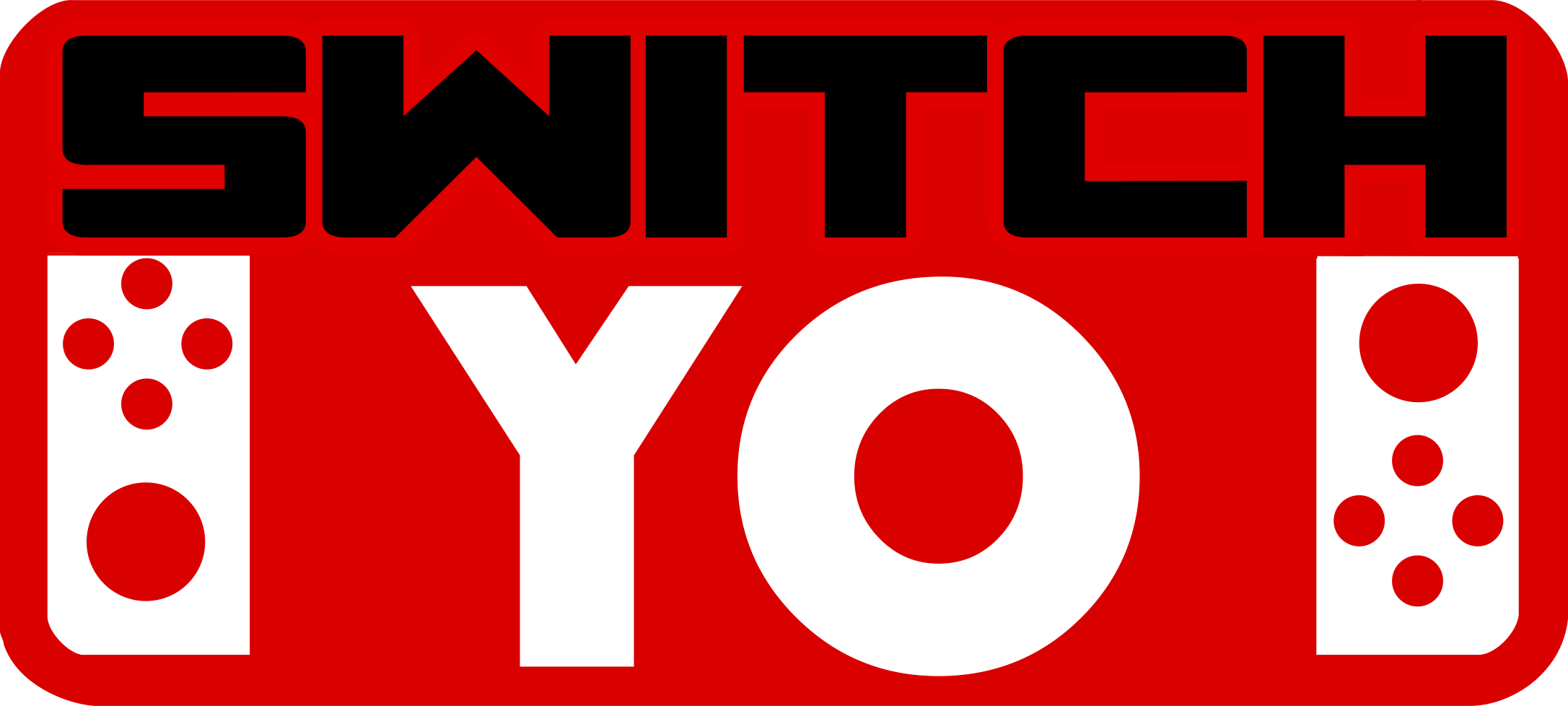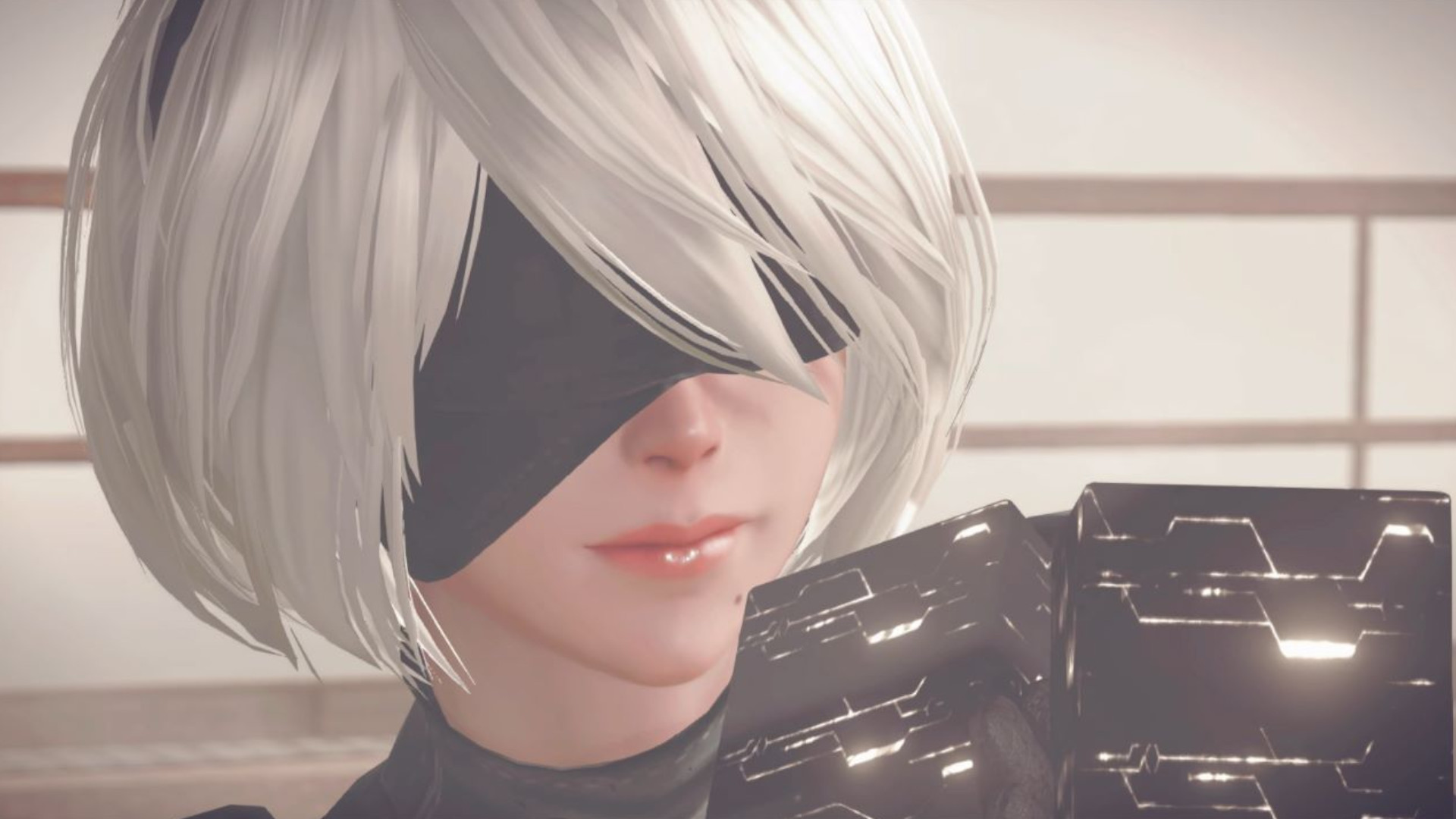Any Xbox Series S Game Targeting 60FPS “Should Easily Port To The Switch 2”
Eoin O’Grady, technical director at Black Shamrock, a Virtuos subsidiary, claims that the Switch 2 performs “slightly below” a Series S in terms of raw power, but the Series S lacks features like DLSS which the Switch 2 is more than capable of handling.
In an interview with Wccftech (thanks Xbox Nerds), the studio behind such impressive Switch ports as Dark Souls Remastered and Nier: Automata weighed in on the “raw” power behind Nintendo’s latest system.
Below is O’Grady’s full response, detailing how developers may find the experience of porting their current generation titles to the system:
“GPU-wise, the Switch 2 performs slightly below the Series S; this difference is more noticeable in handheld mode. However, the Series S does not support technologies like DLSS, which the Switch 2 does. This makes the GPU capabilities of the two consoles comparable overall.
CPU-wise, there is a clearer distinction between the two consoles. The Switch 2 is closer to the PlayStation (PS) 4 in this respect, having a CPU just a bit more powerful than the PS4’s. Since most games tend to be more GPU-bound than CPU-bound when well optimized, the impact of this difference largely depends on the specific game and its target frame rate. Any game shipping at 60 FPS on the Series S should easily port to the Switch 2. Likewise, a 30 FPS Series S game that’s GPU-bound should also port well. Games with complex physics, animations, or other CPU-intensive elements might incur additional challenges in reaching 30 or 60 FPS or require extra optimization during porting.”
In terms of raw console performance, do you agree that the Switch 2 is closer to the Xbox Series S than it is to the PlayStation 4, making it easier for developers to port their current-gen games to the hardware?
What do you think? What ports would you like to see make their way to the Switch 2? Let us know!


It’s very interesting to hear that the switch has a more potent GPU than CPU, as given Nintendo’s usual graphical fidelity I wouldn’t have thought it needed that power.
Therefore I would make the claim that it has such a beefy graphics card to mainly support 3rd party games and especially those which test the graphical limits of other consoles, which you and the source has mentioned.
It’s an interesting and uncharacteristic play by Nintendo who is so usually quite selective and isolated about how much they reach into other consoles spaces, to make sure their new console is strong enough to handle some of the more intensive games across the aisle.
I’ve respected Nintendo for how long they made the switch 1 last, presumably due to how well optimised their games are to run on a glorified gaming phone. But now their strategy seems to like they’re trying to be more open to poaching other 3 party IPs. Which I can’t think Nintendo have ever really spec-ed into before.
It’ll be interesting to see the max power game they dare to bring into their new system in the future, because I doubt it’ll be any in-house games that show the limits of the Switch 2’s hardware.